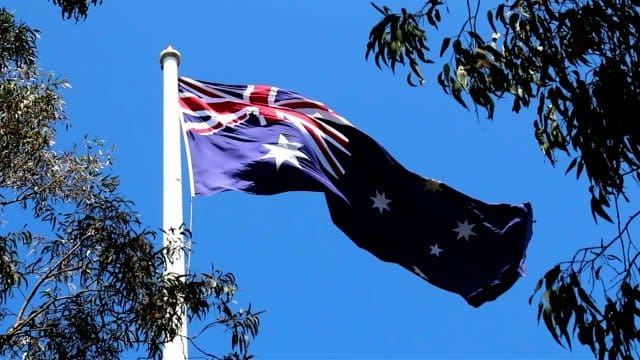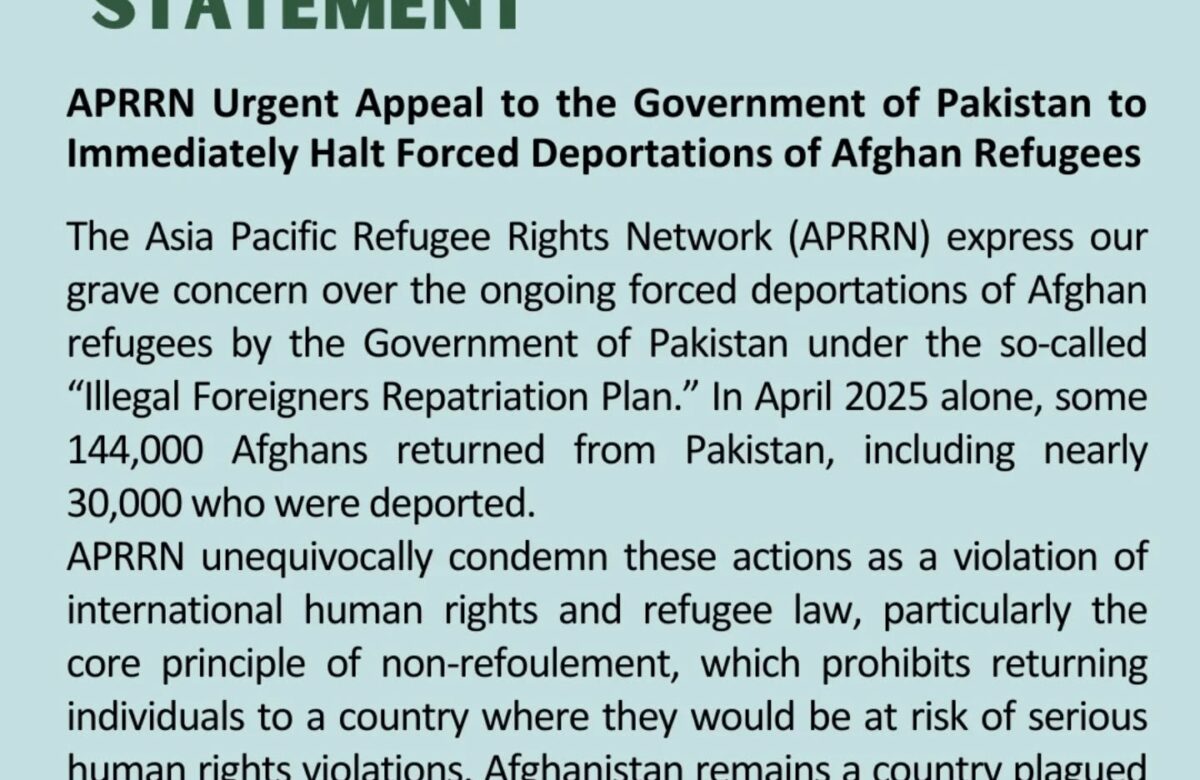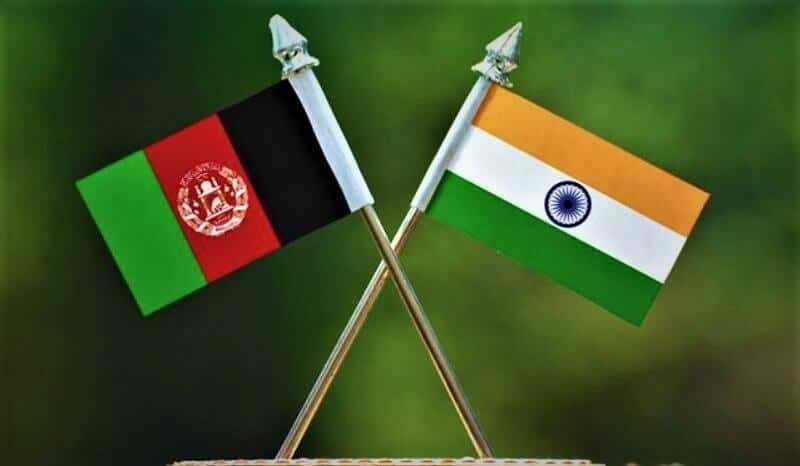
HRW: Australia Should Prioritize Humanitarian Visas for Afghans
HRW: استرالیا ویزای بشردوستانه برای افغان ها را باید در اولویت قرار دهد
این هفته دو سال از بازگشت طالبان به قدرت در افغانستان می گذرد. چند روز قبل، دولت فدرال استرالیا اعلام کرد که میزان دریافت ویزای بشردوستانه خود را از 17875 به 20000 پناهنده افزایش داده است. همزمانی این دو رخداد مایه تأمل است. چقدر برنامه ویزای بشردوستانه استرالیا از افرادی که سعی در فرار از افغانستان دارند حمایت می کند؟ مهمتر از آن، چگونه می تواند بهتر عمل کند؟
در دو سال گذشته، افغانستان در یکی از بدترین بحرانهای بشردوستانه در جهان فرو رفته است. دو سوم جمعیت آن با گرسنگی و حداقل سه میلیون کودک از سوء تغذیه حاد رنج می برند. این کشور همچنین دارای یکی از بالاترین نرخ های مرگ و میر نوزادان در جهان است و هزاران زن به دلایل مرتبط با بارداری جان خود را از دست می دهند که اکثر آنها قابل پیشگیری هستند.
طالبان از زمان به دست گرفتن کنترل کشور در 15 اوت 2021، حقوق زنان و دختران را برای تحصیل، کار، حرکت و اجتماعات مسالمت آمیز محروم کرده اند. رسانه های افغانستان که باقی مانده اند در معرض سانسور گسترده هستند. و تعداد فزاینده ای از روزنامه نگاران و دیگر منتقدان پشت میله های زندان هستند.
اگر هدف نجات آسیب پذیرترین افراد است، برنامه های اسکان مجدد پناهندگان به چابکی برای نوآوری و سازگاری نیاز دارند. هر چه شرایط سخت تر باشد، نیاز به انعطاف بیشتر است. در اوایل سال جاری، وزارت امور داخله تأیید کرد که درخواستهای ویزای بشردوستانه برای مردم در افغانستان به دلیل موانعی که توسط مقامات طالبان که آنها را تحت تعقیب قرار میدهند، بررسی نمیشود. در حالی که مقامات وزارت داخله به دلیل مشکلاتی که در راستی آزمایی اطلاعات بیومتریک و سایر داده ها در افغانستان وجود دارد، درخواست ها را متوقف می کنند، شورای حقوقی استرالیا گفته است که طبق گزارش ها، متقاضیان افغان به دلیل ظرفیت ناکافی استرالیا برای رسیدگی به آنها با وجود “رعایت تمام معیارهای دیگر برای ویزای بشردوستانه” رد شده اند. ” البته، بررسی های بهداشتی و امنیتی بخشی ضروری از پردازش پناهندگان است، اما شرایط غیرعادی باید به معنای کاهش موانع اداری نیز باشد.
در سال 2022، دولت 26500 مکان ویزای بشردوستانه را برای پناهجویان افغان برای پنج سال آینده اختصاص داد. تا ماه مه امسال، تقریباً نیمی از این موارد اعطا شده بود در حالی که درخواست ها به بیش از 40000 رسید. با این سرعت، مکان های موجود بسیار کمتر از نیاز خواهد بود.
بارها و بارها وقتی دولت استرالیا اراده داشته باشد، می تواند راه حل هایی بیابد و سریع عمل کند. با بدتر شدن وضعیت حقوق بشر و بحران بشردوستانه در افغانستان، دولت باید تشریفات اداری را کاهش دهد و رسیدگی به ویزاهای بشردوستانه را برای افرادی که ناامید از فرار هستند، در اولویت قرار دهد. همچنین باید آماده افزایش تخصیص کلی ویزاهای بشردوستانه برای اتباع افغان باشد. تنها در این صورت است که کمک به آسیب پذیرترین افراد ممکن می شود.
This week marks the two-year anniversary since the Taliban returned to power in Afghanistan. Days earlier, the Australian federal government announced an increase of its humanitarian visa intake from 17,875 to 20,000 refugees. The synchronicity of these two occurrences is cause for reflection. How well is Australia’s humanitarian visa program supporting people trying to flee Afghanistan? More importantly, how can it do better?
The last two years have seen Afghanistan plunge into one of the world’s worst humanitarian crises. Two-thirds of its population face hunger and at least three million children suffer acute malnutrition. The country also has one of the world’s highest infant mortality rates, and thousands of women die from pregnancy-related causes, the majority of them preventable.
Since seizing control of the country on August 15, 2021, the Taliban have denied women and girls their rights to education, work, movement, and peaceful assembly. The Afghan media that remains is subject to extensive censorship. And an increasing number of journalists and other critics are behind bars.
If rescue of the most vulnerable is the goal, refugee resettlement programs need the agility to innovate and adapt. The more difficult the circumstances, the greater the need for flexibility. Earlier this year, the Home Affairs Department confirmed humanitarian visa applications for people in Afghanistan are not being processed because of obstacles thrown up by the very Taliban authorities who are persecuting them. While Home Affairs officials hold up applications because of problems verifying biometric and other data in Afghanistan, the Law Council of Australia has said Afghan applicants are reportedly being refused because of Australia’s inadequate capacity to process them despite “meeting all other criteria for a Humanitarian visa.” Of course, health and security checks are a necessary part of refugee processing, but unusual circumstances should also mean reducing administrative barriers.
In 2022, the government allocated 26,500 humanitarian visa places for Afghan refugees for the following five years. As of May this year, almost half of these had been granted while applications reached over 40,000. At this rate, available places will fall far short of the need.
Time and time again when the Australian government has the will, it can find solutions and act quickly. With Afghanistan’s human rights and humanitarian crisis worsening, the government needs to cut the red tape and prioritize processing humanitarian visas for people desperate to flee. It also should be ready to increase the overall allocation of humanitarian visas for Afghan nationals. Only then will helping the most vulnerable be possible.
Main Resource Link
- Tags
- Oceania



